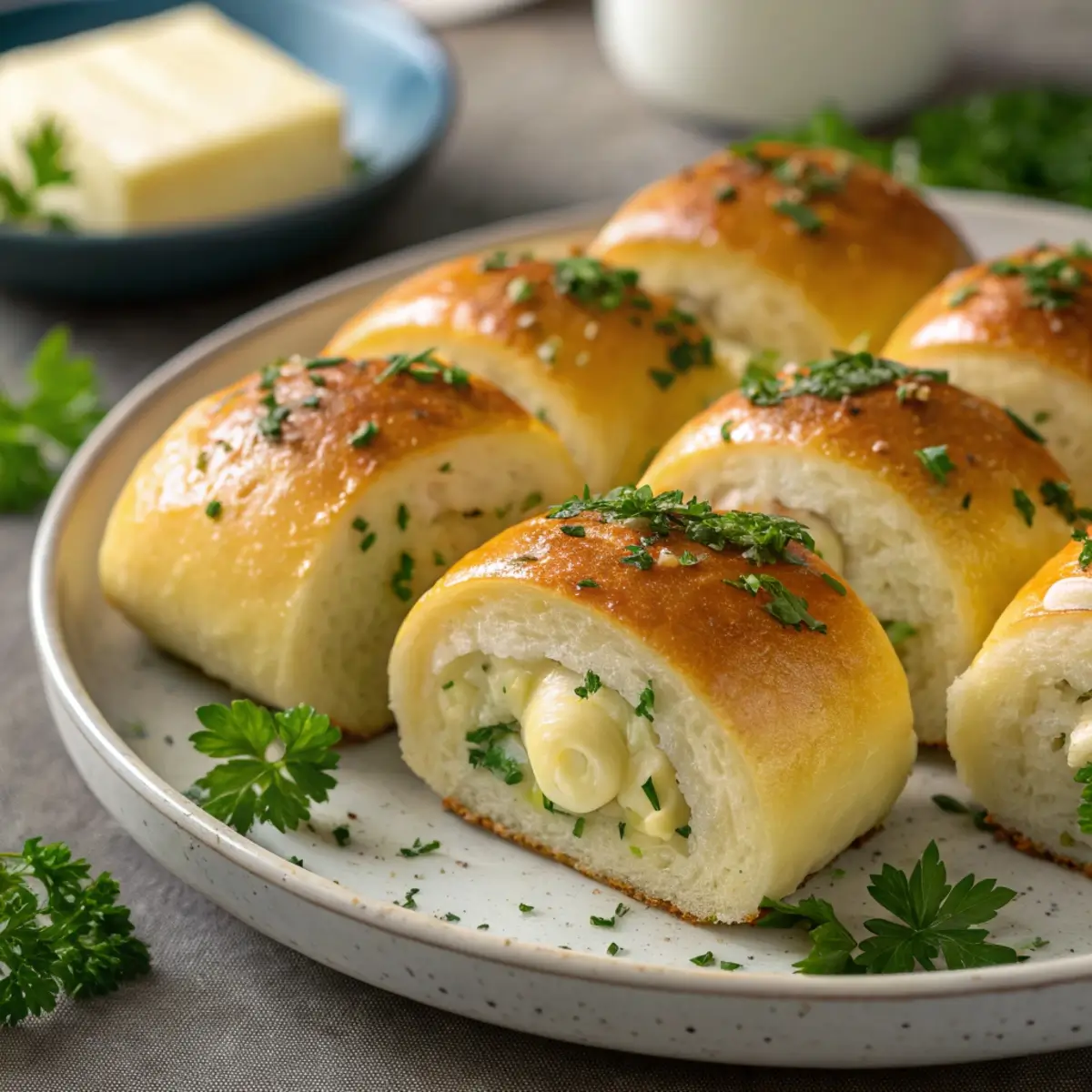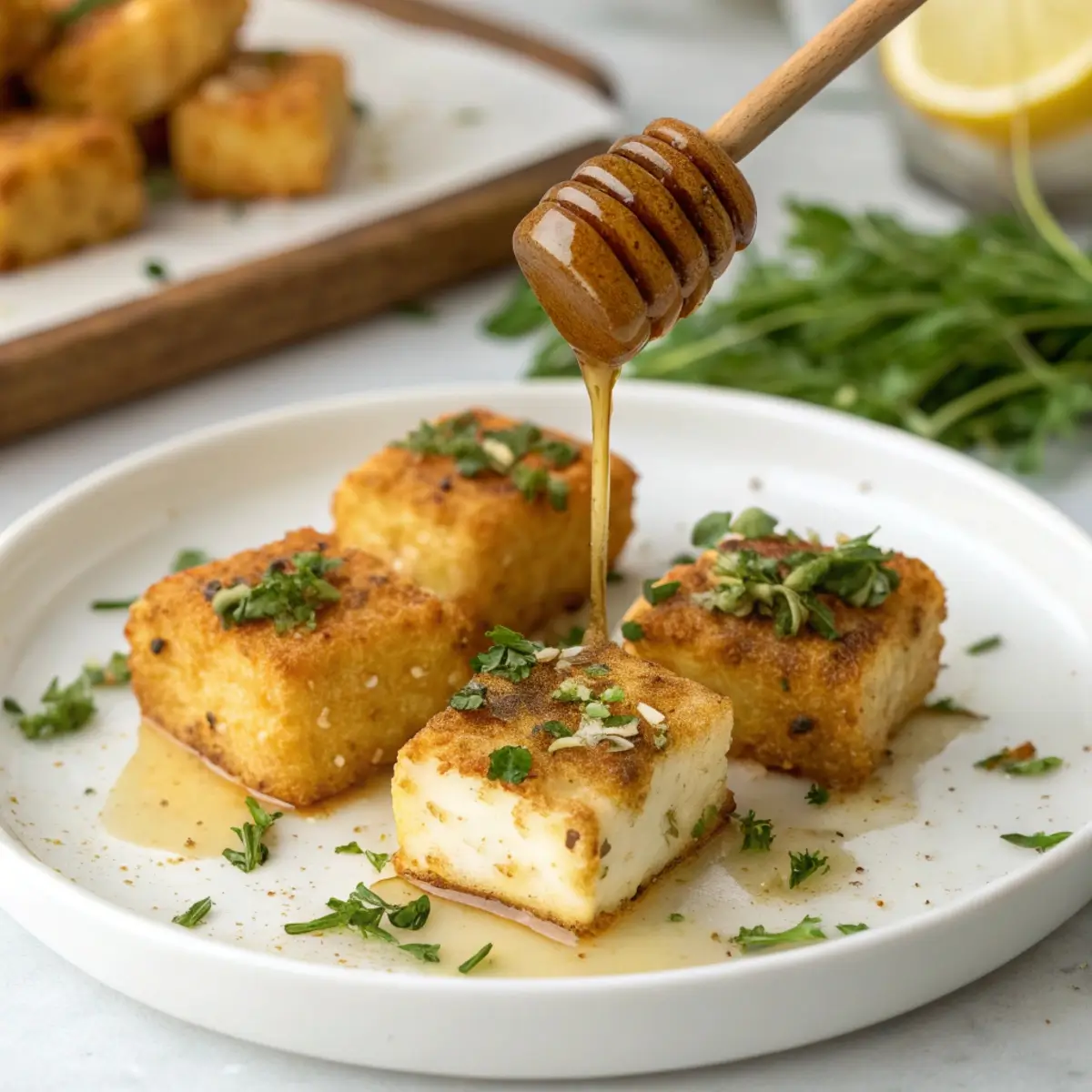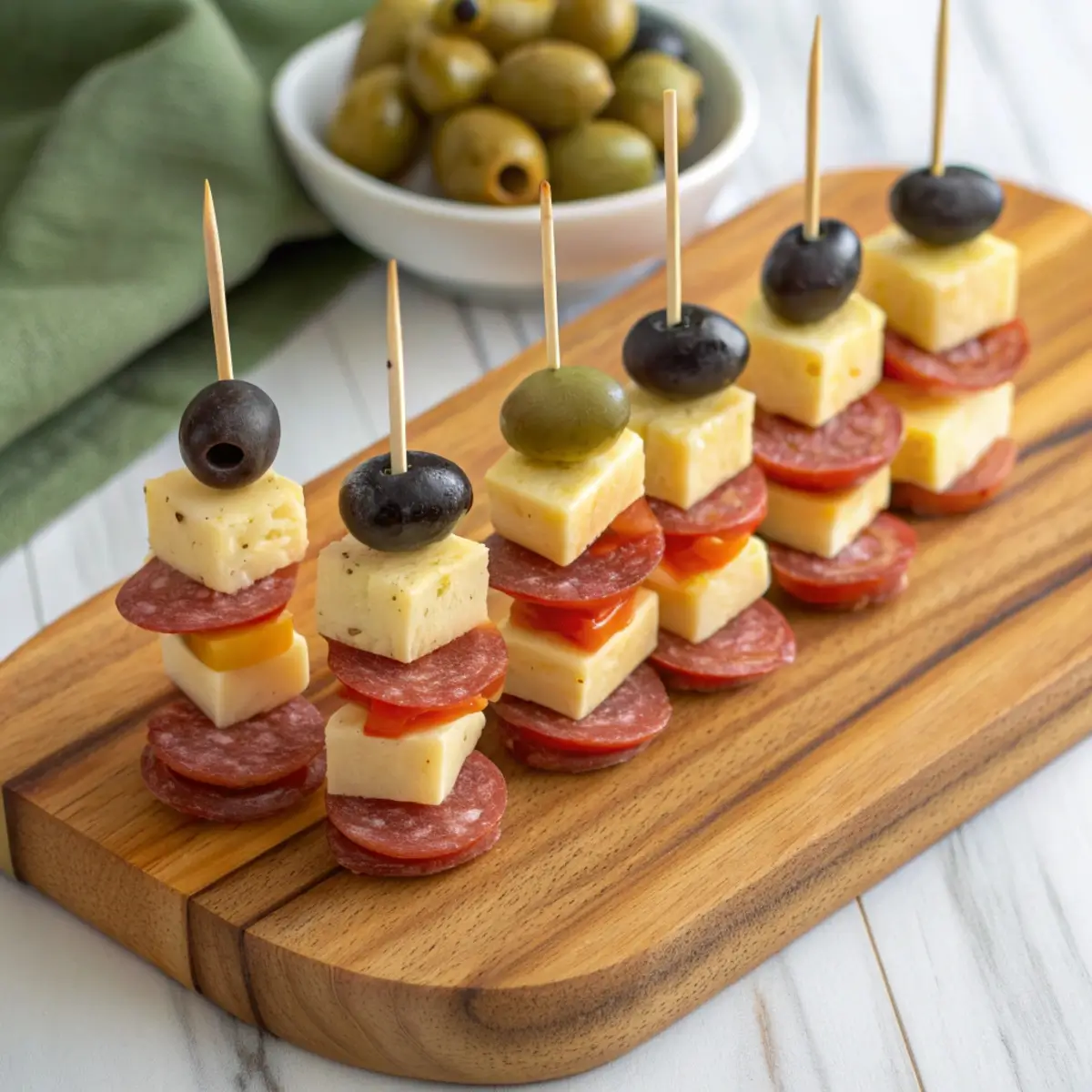Table of Contents
- 1 Introduction to Colorful Cookie Recipes
- 2 Common Colorful Ingredients in Some Cookie Recipes
- 3 How to Incorporate Colorful Ingredients in Some Cookie Recipes
- 4 Popular Cookie Recipes with Colorful Ingredients
- 5 Health and Environmental Aspects of Colorful Cookie Ingredients
- 6 Common Mistakes When Using Colorful Ingredients in Some Cookie Recipes
- 7 FAQs About Colorful Ingredients in Some Cookie Recipes
Baking is more than just a way to satisfy your sweet tooth – it’s an opportunity to play with creativity, colors, and flavors. One trend that has taken the cookie world by storm is the use of Colorful Ingredients in Some Cookie Recipes. Whether it’s the bold vibrancy of rainbow hues or the subtle, natural shades from fruits and vegetables, color can transform an ordinary cookie into an edible work of art. But how do these colors get in there, and what ingredients make them pop?
In this article, we’ll explore the world of colorful cookie recipes, diving into the best colorful ingredients, techniques to incorporate them, and some of the most popular cookie recipes you can try at home. Plus, we’ll take a closer look at health and environmental considerations, ensuring that your colorful cookies are as good for you as they are to look at! So, get ready to add some eye-catching color to your baking adventures.
Let’s start by taking a deeper dive into the ingredients that give these cookies their magical color.
Natural Ingredients for Colorful Cookies
When you think of colorful cookies, your mind might immediately jump to artificial food coloring. However, there are plenty of natural ingredients that can achieve equally stunning results without the need for synthetic dyes. Let’s explore some of the most popular natural ingredients that bring vibrant color to your cookie dough.
Fruit and Vegetable Powders
Beetroot powder, spinach powder, and carrot powder are just a few examples of vegetables that can add both color and nutrition to your cookies. For example, beetroot powder brings a lovely deep pink or red hue, while spinach powder gives a natural green color that pairs wonderfully with matcha or other green ingredients. Carrot powder? That’s your go-to for a warm orange tint.
These ingredients not only help with color but can also boost the nutritional value of your cookies, making them a win-win for health-conscious bakers.
Spices
Spices are another great way to inject color into your cookies. For instance, turmeric is known for its brilliant yellow tone and can give your cookies a warm, golden hue. Paprika brings a subtle red shade, while cinnamon can provide a brownish tint and a lovely warm flavor. Incorporating spices into your cookie dough adds complexity to both the taste and the color, making for a truly unique treat.
Herbs and Edible Flowers
For a more sophisticated touch, why not experiment with matcha powder, lavender, or other edible flowers? Matcha, with its vibrant green color, is perfect for creating visually stunning cookies with an earthy flavor. Lavender, with its soft purple hue, works wonderfully for delicate, fragrant cookies.
Using herbs and flowers in your cookie recipes adds a sense of elegance while also introducing interesting textures and flavors.
Artificial Ingredients for Colorful Cookies
While natural ingredients are fantastic, sometimes you might want to go for something a little bolder, especially if you’re after the bright, neon shades we often associate with fun and festive treats. In these cases, artificial food coloring comes into play.
Food Coloring
Liquid food coloring, gel colors, and even powdered dyes are widely available and offer a quick way to achieve any color you desire. Liquid food coloring is ideal for lighter, pastel shades, while gel colors deliver richer, more vibrant results. Powdered food coloring is perfect for incorporating into dry ingredients like flour or powdered sugar, giving your cookies a more concentrated color without the extra moisture.
Sprinkles and Sugar Crystals
If you’re looking to add a bit of sparkle and texture, sprinkles and colored sugar crystals are the perfect additions. Not only do they add a pop of color on the surface, but they also give your cookies that extra crunch. You can find a variety of different shapes, sizes, and colors, making it easy to match them with any theme or occasion.
Comparing Natural vs. Artificial Colors
While artificial food coloring might provide an instant pop of color, natural ingredients are growing in popularity due to their health benefits and environmentally friendly nature. Many people are moving away from artificial dyes because they’ve been linked to various health concerns, such as allergies and hyperactivity in children.
On the other hand, natural colors from fruits, vegetables, and spices don’t just look good but also offer added health benefits. While natural colors might be a bit more subtle, they bring a unique and flavorful twist to your cookies. Plus, with natural ingredients, you’re also making a choice that’s kinder to the planet.
In the end, it’s all about balancing the visual appeal of your cookies with the flavor and nutritional benefits you want to achieve. So, feel free to get creative, and experiment with both natural and artificial ingredients to find the perfect combination for your next batch of cookies!
For more baking inspiration, check out some of our other cookie recipes on Opera Cook’s Recipe Collection.
Techniques for Adding Color to Cookie Dough
Now that you’ve got a handle on the colorful ingredients you can use, let’s talk about how to incorporate them into your cookie dough. It’s one thing to have the right ingredients, but the technique you use to blend them in can make all the difference in achieving a visually stunning and tasty treat. Whether you’re working with natural powders or bright food coloring, here are some foolproof techniques to ensure your dough turns out just the way you want.
Mixing Color into Dough
When working with powdered colors, like beetroot, spinach, or turmeric powder, it’s crucial to ensure that the color is evenly distributed throughout the dough. If you’re using liquid food coloring, this step is a little less critical, but still worth considering for uniformity.
- Start with Dry Ingredients: If you’re using powdered colors, it’s best to mix them in with your dry ingredients, such as flour, baking soda, or cornstarch. This helps to evenly distribute the color throughout the dough before the wet ingredients are added.
- Gradual Addition: For both powdered colors and liquid dyes, add the coloring slowly. It’s much easier to add a little more color if needed than to deal with an overly vibrant dough. Mix thoroughly after each addition to check how the color is taking.
- Use a Stand Mixer or Hand Mixer: To ensure the color is incorporated well, using a stand mixer or hand mixer is helpful. Mix on low to medium speed to avoid splashing, and keep scraping down the sides of the bowl to make sure no clumps of color remain.
Layering Techniques for Color
What if you want to go beyond just a solid color and create a marbleized effect? Or maybe you’re aiming for gradients in your cookies that transition from one color to another. With the right techniques, you can achieve these stunning effects without much effort.
Marbleized Cookies Using Multiple Colors
Creating marbleized cookies is easier than it sounds! Here’s how:
- Divide the Dough: First, divide your cookie dough into separate portions, each one to be colored differently.
- Swirl the Colors: Take small amounts of each colored dough and place them in the center of each other. Then, gently swirl them with a spatula or your hands, being careful not to overmix. The goal is to keep the swirls visible and the colors distinct.
- Chill the Dough: After swirling, chill the dough for about 30 minutes. This helps solidify the color and makes it easier to cut out cookie shapes without the colors blending too much in the oven.
Creating Color Gradients in Cookies
Creating gradients, where one color fades into another, is an eye-catching technique that’s easier than it seems.
- Layer the Dough: Roll your dough into several portions, each with a different amount of food coloring (darker to lighter). Then, press each portion together in layers.
- Roll and Shape: After layering the dough, roll it out into a log and slice it into individual cookie portions. When you bake these, the colors will gradually transition from dark to light, giving you that beautiful gradient effect.
Baking Considerations for Color Preservation
Once you’ve mixed and shaped your colorful dough, the next challenge is keeping the colors intact during baking. Baking time and temperature can affect how colors show up in your final cookies, so it’s important to be mindful of a few factors.
Temperature and Baking Time Tips for Maintaining Colors
- Low and Slow: Baking your cookies at a slightly lower temperature (around 325°F) can help preserve the vibrant colors. A higher temperature might cause the colors to become dull or fade as they bake.
- Watch the Time: Overbaking can also lead to color changes, so keep an eye on your cookies in the oven. The goal is to bake them just until the edges are golden, and the center is set but not overcooked.
- Avoid Overcrowding the Baking Sheet: Allow enough space between cookies so the heat circulates evenly. This will help keep the colors intact and prevent them from spreading too much, which can distort your colorful designs.
How Colors Change with Baking
Certain colors, especially green and blue, tend to fade or change during baking, particularly if you’re using artificial dyes. Natural ingredients, on the other hand, often hold their color much better, though they might not be as intense as artificial ones. For example, a turmeric-colored dough might deepen to a golden brown, while beetroot can retain a lovely pinkish hue. Experiment with different colors to see how they react to heat!
Now that you know how to incorporate colorful ingredients into your cookie dough, it’s time to put that knowledge to work! Here are some fun and delicious cookie recipes that take full advantage of the vibrant hues natural and artificial ingredients can bring.
Rainbow Sugar Cookies
Who doesn’t love a rainbow? These cheerful sugar cookies are perfect for birthdays, holidays, or just to brighten up your day. Here’s how you can make them:
- Prepare the Dough: Make your standard sugar cookie dough.
- Divide and Color: Divide the dough into six portions. Add different colors of food coloring to each portion – one for each color of the rainbow.
- Roll the Dough: Roll each colored dough into small balls and arrange them in a row, pressing them together to form a rainbow pattern.
- Bake: Bake at 350°F for 8-10 minutes, just until golden around the edges, and enjoy!
Matcha and Red Bean Cookies
For a more sophisticated cookie with color and flavor, try a combination of matcha and red bean. The matcha adds a gorgeous green hue while also infusing the cookies with an earthy flavor that pairs wonderfully with the sweet, slightly nutty red bean paste. These cookies are perfect for tea time!
Funfetti Cookies
These cookies are a party in every bite! Using colorful sprinkles both inside and on top of the dough, funfetti cookies are sure to bring joy to any occasion.
- Mix the Dough: Prepare your favorite sugar cookie dough and fold in a generous amount of sprinkles.
- Shape the Cookies: Scoop out the dough and place it on a baking sheet, adding a few extra sprinkles on top for that extra pop of color.
- Bake and Enjoy: Bake as usual, keeping an eye on them so the sprinkles don’t melt too much. The result is a soft, chewy cookie with bursts of color!
Beetroot Chocolate Chip Cookies
For a unique twist on a classic, try adding beetroot powder to your chocolate chip cookie dough. The beetroot gives the cookies a lovely pinkish hue while also adding a bit of earthy sweetness. The chocolate chips create a perfect contrast to the vibrant color, making these cookies both a treat for the eyes and the taste buds.
Carrot Cake Cookies
Carrot cake lovers will appreciate these cookies that bring together the flavors of a traditional carrot cake in an easy-to-make cookie form. The carrots not only add a vibrant orange hue but also a soft, moist texture. Perfect for when you’re craving a slice of cake but don’t want to deal with layers and frosting!
When you decide to bake colorful cookies, it’s not just about the visual appeal—it’s also important to consider the health benefits of the ingredients you use. Whether you’re choosing natural or artificial coloring, there are factors to keep in mind that can affect both your body and the environment.
Nutritional Benefits of Natural Colorful Ingredients in Some Cookie Recipes
Choosing natural colorful ingredients, like fruits, vegetables, and herbs, not only enhances the visual appeal of your cookies but also provides nutritional benefits. Adding ingredients like beetroot, spinach, and carrots to your dough means you’re introducing essential vitamins, minerals, and fiber into your treats.
For example:
- Beetroot is rich in antioxidants and can support heart health.
- Spinach provides a good source of iron and vitamins A and C.
- Carrots are full of vitamin A, promoting eye health and immune function.
By incorporating these colorful ingredients, you’re creating cookies that are not only beautiful but also contribute to your overall health. And, let’s be honest, who doesn’t want to indulge in a cookie that’s both tasty and beneficial?
Environmental Impact of Artificial Coloring
While artificial food coloring may seem like an easy way to add vibrant hues to your cookies, it comes with some environmental and health concerns. Synthetic food dyes like Red 40, Yellow 5, and Blue 1 are made from petroleum-based chemicals, which have raised concerns regarding their safety and environmental footprint.
- Health Concerns: Studies have shown that certain artificial dyes can contribute to hyperactivity in children and may be linked to allergic reactions in sensitive individuals.
- Environmental Footprint: The production of synthetic dyes involves processes that can be harmful to the environment, especially when they’re not disposed of properly.
Fortunately, you can minimize your environmental impact and make healthier choices by opting for natural colorants. Plant-based dyes derived from fruits, vegetables, and spices are biodegradable, sustainable, and free from harmful chemicals. Not only will these ingredients give your cookies vibrant colors, but they’ll also reduce the harmful impact on the planet.
For a more sustainable and eco-friendly approach to baking, consider using ingredients like matcha, turmeric, beetroot powder, and spirulina to create natural colorings. These choices are not only better for your health but also for the environment.
While baking colorful cookies can be a fun and creative process, it’s not without its challenges. To ensure your cookies turn out as vibrant and delicious as you envision, here are some common mistakes to avoid when using colorful ingredients.
Using Too Much Color
It’s tempting to go a little overboard with the food coloring, especially when you’re aiming for bold, eye-catching results. However, using too much color can actually backfire. Overloading your dough with excessive food coloring can affect the texture of the cookies, making them too soft or altering their consistency.
Additionally, too much artificial coloring can sometimes impart a chemical taste that overpowers the flavor of the cookie. When using powdered or liquid food coloring, remember: a little goes a long way! Start with small amounts and gradually add more if you want a deeper color, but avoid over-saturating the dough.
Not Properly Mixing Colors
One of the keys to creating uniformly colored cookies is ensuring that the color is evenly distributed throughout the dough. If you don’t mix your colors properly, you may end up with streaks, clumps, or uneven coloring.
To avoid this:
- Use a stand mixer or hand mixer to evenly blend the coloring into the dough.
- When working with natural powders like beetroot powder or matcha, add them to the dry ingredients first to ensure an even distribution.
- If you’re aiming for a marbled effect, be careful not to overmix the dough; just enough mixing to create beautiful swirls is all you need!
Misjudging Baking Time and Temperature
The right baking time and temperature are essential for keeping your vibrant colors intact. If your cookies bake for too long or at too high of a temperature, the colors may fade or change as the dough cooks. For example, the deep green of matcha can lose its vibrancy when exposed to high heat for too long.
To ensure your cookies keep their color:
- Bake at a slightly lower temperature (around 325°F) to preserve color.
- Keep a close eye on your cookies while baking and remove them from the oven once the edges are lightly golden and the centers are set.
- If you’re using natural colorants, expect a more subtle color change, but always err on the side of underbaking slightly, rather than overbaking.
By avoiding these common mistakes, you’ll be able to bake cookies that are as beautiful as they are delicious!
Looking for more fun and colorful baking ideas? Check out this guide to vibrant and creative cookie recipes.
Baking with colorful ingredients in some cookie recipes can be a fun, creative, and delicious experience, but it often raises several questions. If you’re curious about how to achieve the best results when using natural and artificial coloring in your cookie recipes, here are some of the most frequently asked questions (FAQs) to guide you.
What is the best food coloring for cookies?
When it comes to choosing the right food coloring, you have a few options. Here’s a comparison of the most popular types:
- Liquid Food Coloring: This is the most commonly available option and is easy to use. However, it may not provide the brightest colors and can slightly affect the texture of the dough if too much is added.
- Gel Food Coloring: Gel colors are highly concentrated, meaning a little goes a long way. They are perfect for achieving rich, vibrant colors without altering the dough’s consistency too much.
- Powdered Food Coloring: This option is great for those who want to control the amount of color added, as it’s highly concentrated and works well in dry ingredients.
In general, gel food coloring is often considered the best choice for baking colorful cookies because it provides vibrant results with minimal impact on dough texture.
Can I use natural ingredients to color my cookies?
Absolutely! Natural ingredients can be used to create beautiful, earthy colors for your cookies, and they come with added health benefits. Here are a few natural substitutes:
- Beetroot powder for red/pink color.
- Spinach or kale powder for green.
- Turmeric for yellow.
- Matcha powder for green with an earthy flavor.
- Blueberry powder for a soft blue shade.
While natural colors may not be as vibrant as artificial dyes, they do offer a unique twist and also contribute to the flavor and nutritional profile of your cookies.
Do colorful cookies taste different?
Yes, colorful ingredients can influence the flavor profile of your cookies. For instance:
- Beetroot adds an earthy sweetness.
- Matcha imparts a slightly bitter, herbal flavor that pairs well with sweetness.
- Turmeric brings a warm, slightly peppery taste.
So, while the color adds visual appeal, the ingredients used for coloring will also subtly affect the taste. Just keep in mind that the flavor change may not be drastic, but it can make your cookies stand out!
Can I make rainbow cookies without artificial dyes?
Yes, you can! By using natural colors from ingredients like beetroot, spinach, carrots, or even purple sweet potato, you can create a beautiful rainbow effect without relying on artificial dyes. Simply divide your dough into portions and add a different natural coloring to each, then layer or swirl them together for that rainbow look. It’s a fun and eco-friendly way to add color to your cookies!
How can I make my cookies more vibrant?
To make your cookies truly pop, here are a few tips:
- Use concentrated coloring like gel food coloring or natural powdered colors. They’ll give you a more intense hue with less mess.
- Add color to the dough at the right time. For even coloring, mix it in with your dry ingredients before adding wet ingredients.
- Experiment with layering or marbling to get multiple colors in each cookie.
- Chill your dough after adding color. This helps prevent colors from blending together during baking and maintains their vibrancy.
These tips will ensure your cookies stay as vibrant as they look in the dough!
Summarizing the Appeal of Colorful Cookies
Colorful cookies are more than just a treat for your taste buds; they’re a feast for your eyes! By incorporating vibrant ingredients like matcha, beetroot powder, and turmeric, you can elevate your baking to an entirely new level. These ingredients not only add beautiful hues but also bring a variety of health benefits and unique flavors that enhance your cookies. Whether you opt for natural colorants or the classic food coloring, the possibilities for creativity are endless.
The appeal of colorful cookies lies in their ability to bring joy and creativity to any occasion, whether it’s a birthday party, a holiday gathering, or just a fun weekend baking project. The best part? You don’t have to compromise on flavor or nutrition to achieve these stunning results.
Final Thoughts on Experimenting with Color in Your Baking
Don’t be afraid to experiment with colors in your baking! The kitchen is your playground, and you can get as creative as you want with the natural ingredients and food coloring available to you. Mix different colors, try new flavor combinations, and create visually stunning treats that stand out. There’s no limit to the possibilities when it comes to adding color to your cookies. So, get creative, have fun, and enjoy the delicious results!
Happy baking, and may your cookies always be as colorful as your imagination!





